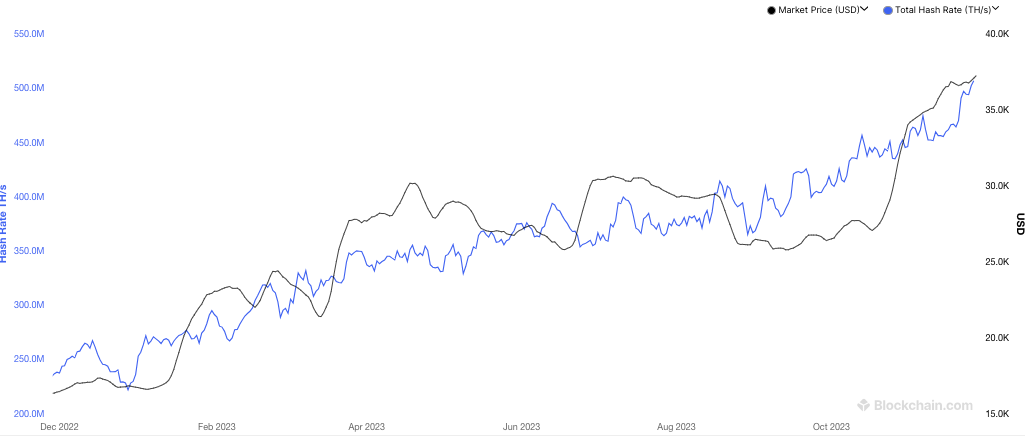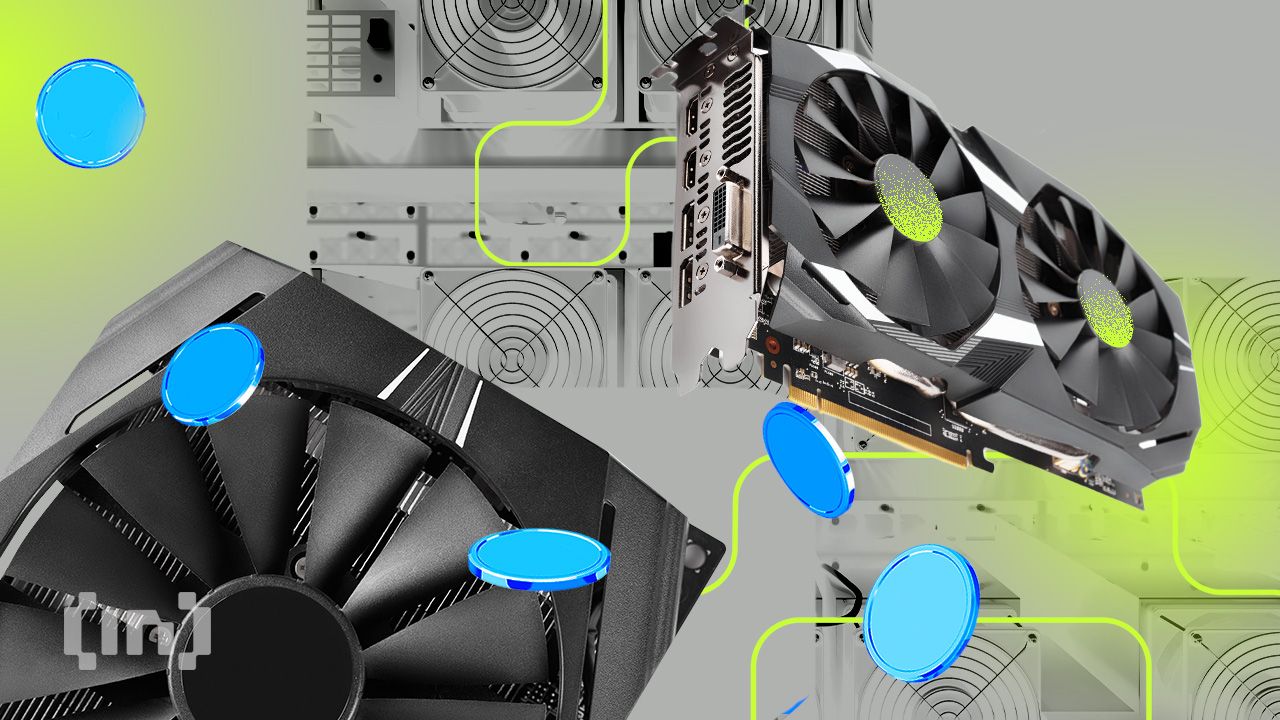Mining is a critical process in the cryptocurrency world, involving the verification of transactions, the addition of new data to the blockchain, and the release of new coins into circulation. It’s vital for maintaining the decentralized, peer-to-peer nature of cryptocurrencies, ensuring their smooth operation and integrity. This overview will delve into the intricacies of cryptocurrency mining.
The primary functions of crypto mining
Crypto mining is the backbone of the cryptocurrency ecosystem. It plays a crucial role in ensuring smooth functioning and security for decentralized digital currencies. Key functions include generating and distributing new coins. Additionally, it secures transactions and maintains blockchain network integrity.
Sponsored- Issuance of new coins: Cryptocurrencies like bitcoin are mined, not issued by central banks, involving specialized nodes solving complex puzzles to “unearth” coins from the protocol.
- Rewards for miners: Miners who successfully solve these puzzles are rewarded with a new cryptocurrency, bringing these coins into circulation.
- Transaction confirmation: Each transaction gains confirmation and security once included in a blockchain block. More confirmations equate to higher security levels.
- Enhancing network security: The overall security of the network increases with more active miners, as a distributed hash rate guards against vulnerabilities.
- Preventing transaction reversal: Theoretically, one must control over 51% of the network’s mining hash rate to reverse bitcoin transactions.

Mining bitcoin explained

Bitcoin operates on a blockchain regulated by a network of nodes comprising two distinct types in this context.
- Nodes are computers that communicate with other nodes within the network to document and synchronize information.
- Some of these nodes are specialist mining nodes that are responsible for taking all the new transactions and adding them into blocks to make up the blockchain.
Miners race against each other to solve complex mathematical problems. Once a miner has found the solution, they will share it with the rest of the network to verify the solution and confirm the addition of the block.
Sponsored Sponsored“I anticipate there will never be more than 100K nodes, probably less. It will reach an equilibrium where it’s not worth it for more nodes to join in. The rest will be lightweight clients, which could be millions.”
Satoshi Nakamoto on scalability: Satoshi Nakamoto Institute
Miners have to guess a number to “solve” the block. How does this actually work?
Miners must find the number that, when combined with the hash function, will produce a number within a specific range. This process, integral to the blockchain’s functionality, also plays a vital role in securing DeFi applications that rely on blockchain technology.
What is a hash function?
In simple terms, a hash function, particularly relevant in the realms of blockchain and DeFi, is a series of algorithms applied to data that produce a single ‘hash’ (essentially a number). There are basic hash functions and cryptographic hash functions, with the latter being crucial for use in blockchain technology.
In every bitcoin, there is a special part of the block that can be filled with a random number, also known as a nonce (“number only used once”). Each miner takes information from blocks they already know about (from the memory pool) and builds a block out of them.
After hashing each transaction, miners organize them into pairs and hash them again to form a ‘Merkle Tree’ or ‘hash tree’. They repeat this process until they produce a single hash representing all previous hashes, also known as the ‘root hash’.
Basically, to solve the hash, the miner must, through trial and error, work out which sequence of numbers to use as the nonce.
SponsoredIf the output from the algorithm falls below the target number, the network will consider it valid and accept it. If the block’s hash is bigger than the target number, the miner must alter the data going into the hash function until they find the correct answer.
In theory, altering transaction details in the blockchain could lead to the correct output value. Hence, proof-of-work is essential. Miners must share their solutions with other nodes for verification. Once a miner finds an answer that meets the ‘hash is smaller than target number’ rule, the miner will share the answer with the other nodes for them to verify. This process, crucial in maintaining the integrity of blockchain transactions, becomes increasingly significant in the DeFi space, where security and trust are paramount.

Difficulty metric
The difficulty level of the puzzle is determined by the number of users and the computational power of the network. As more miners join, the difficulty level of the puzzle increases to compensate so that the rate of block creation doesn’t increase. This ensures a steady currency production; currently, the average time of a block formation is 10 minutes.
Sponsored SponsoredRewards
The miner receives a reward in cryptocurrency for each successfully mined block. To maintain a steady supply, the reward amount halves every 210,000 blocks, a cycle approximately every four years.
The future of mining
The current mining system, crucial for securing the network against attacks, also plays a significant role in determining the profitability of cryptocurrencies to mine. However, this process demands costly computer hardware and consumes substantial energy. In response, various alternative consensus methods are in development, aiming to address these challenges. Consequently, some cryptocurrencies might eventually abandon mining altogether, seeking more sustainable and efficient ways to maintain their networks.
The next chapter in mining technology
For those interested in mining, delving into the easiest methods and identifying the most profitable cryptocurrencies to mine is essential. This knowledge can equip you with the necessary insights to begin or enhance your mining journey. Understanding these aspects is crucial, whether you’re just starting out or looking to optimize your current mining strategies in the ever-evolving world of cryptocurrency.

